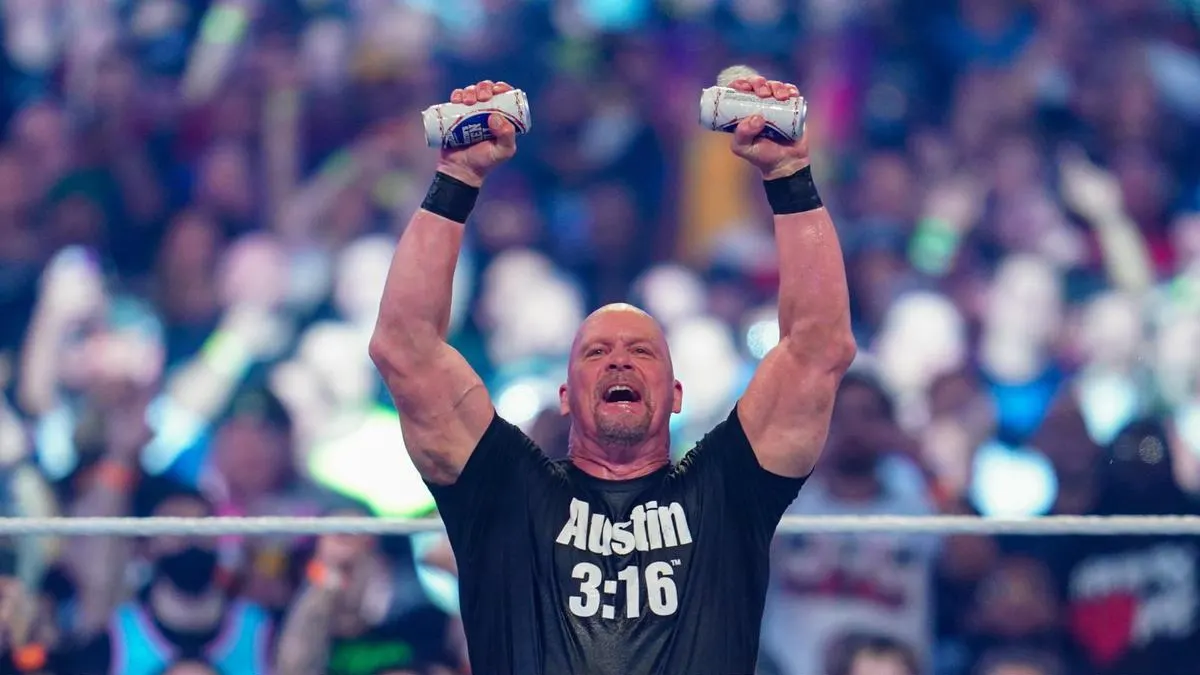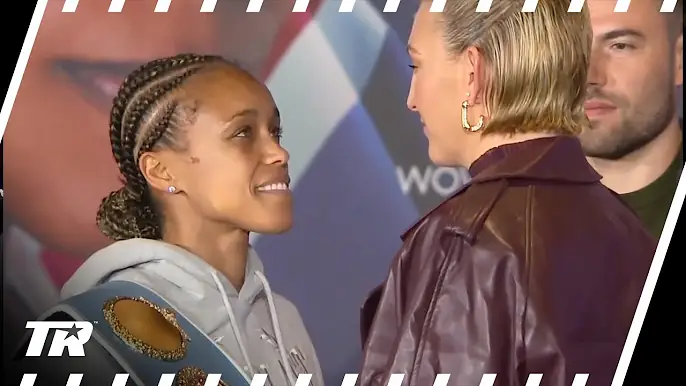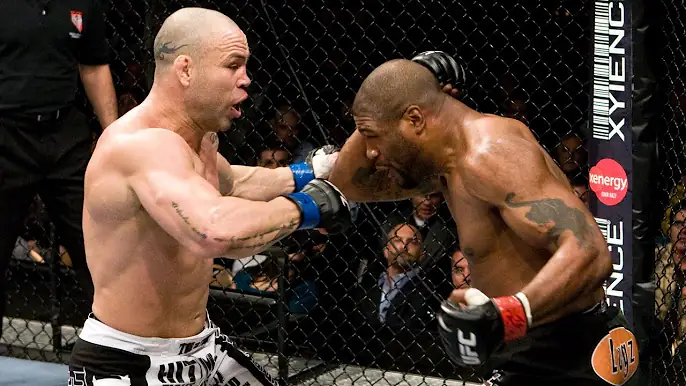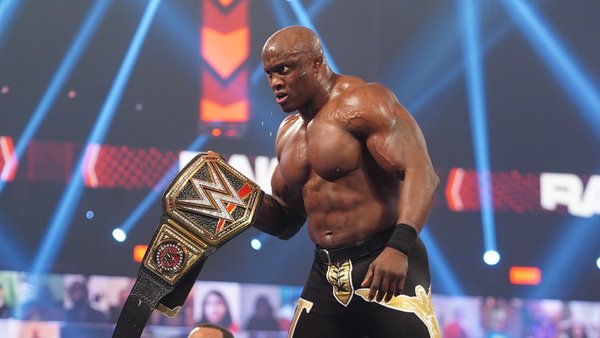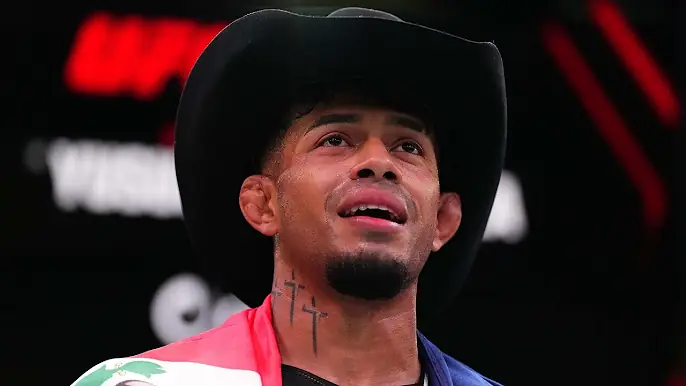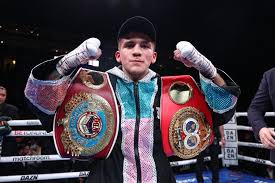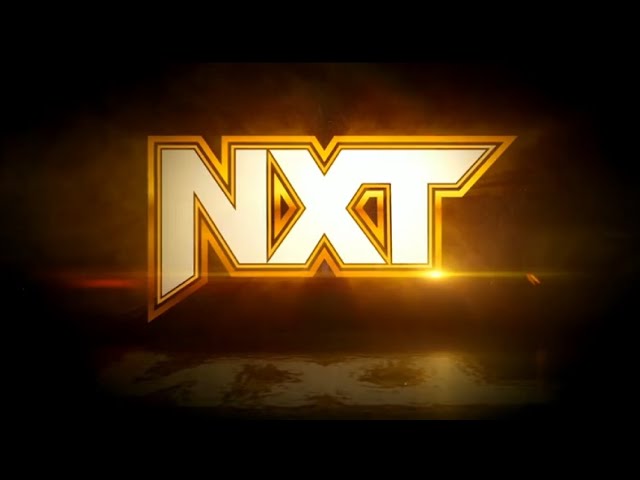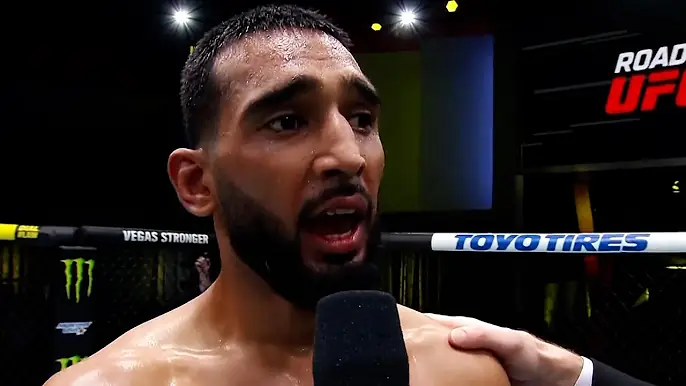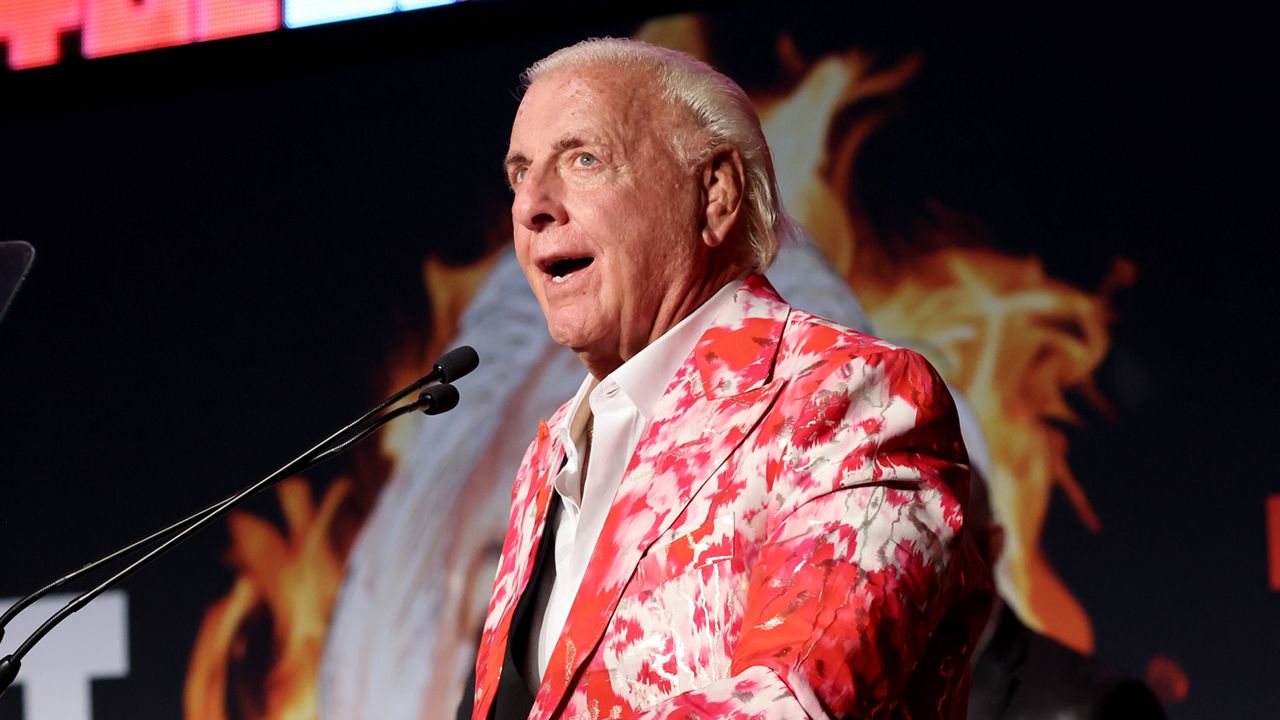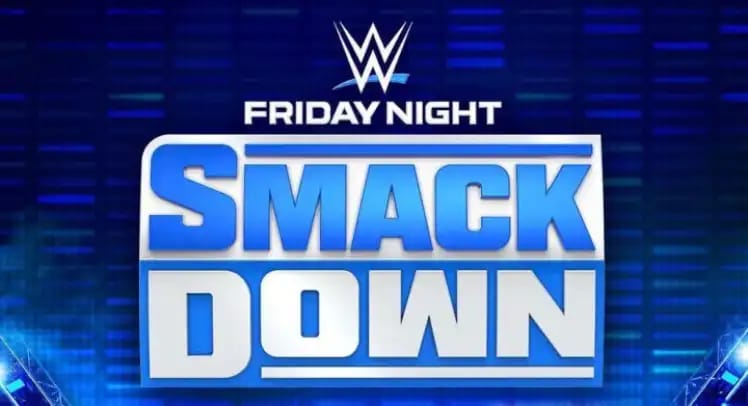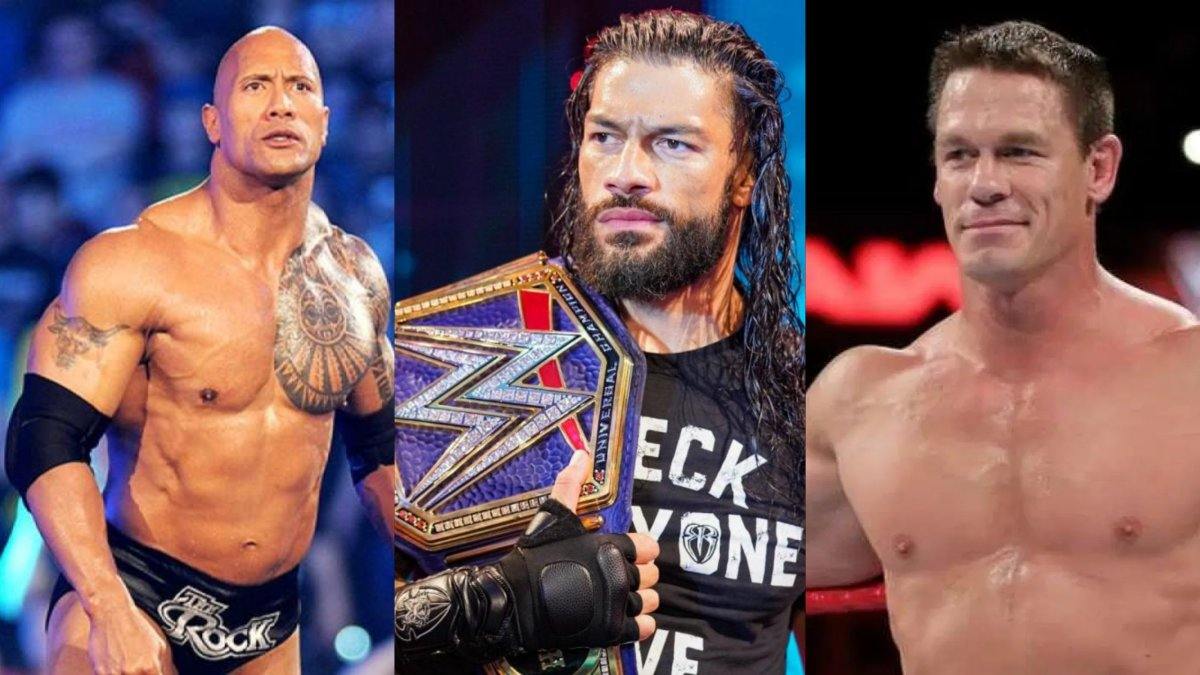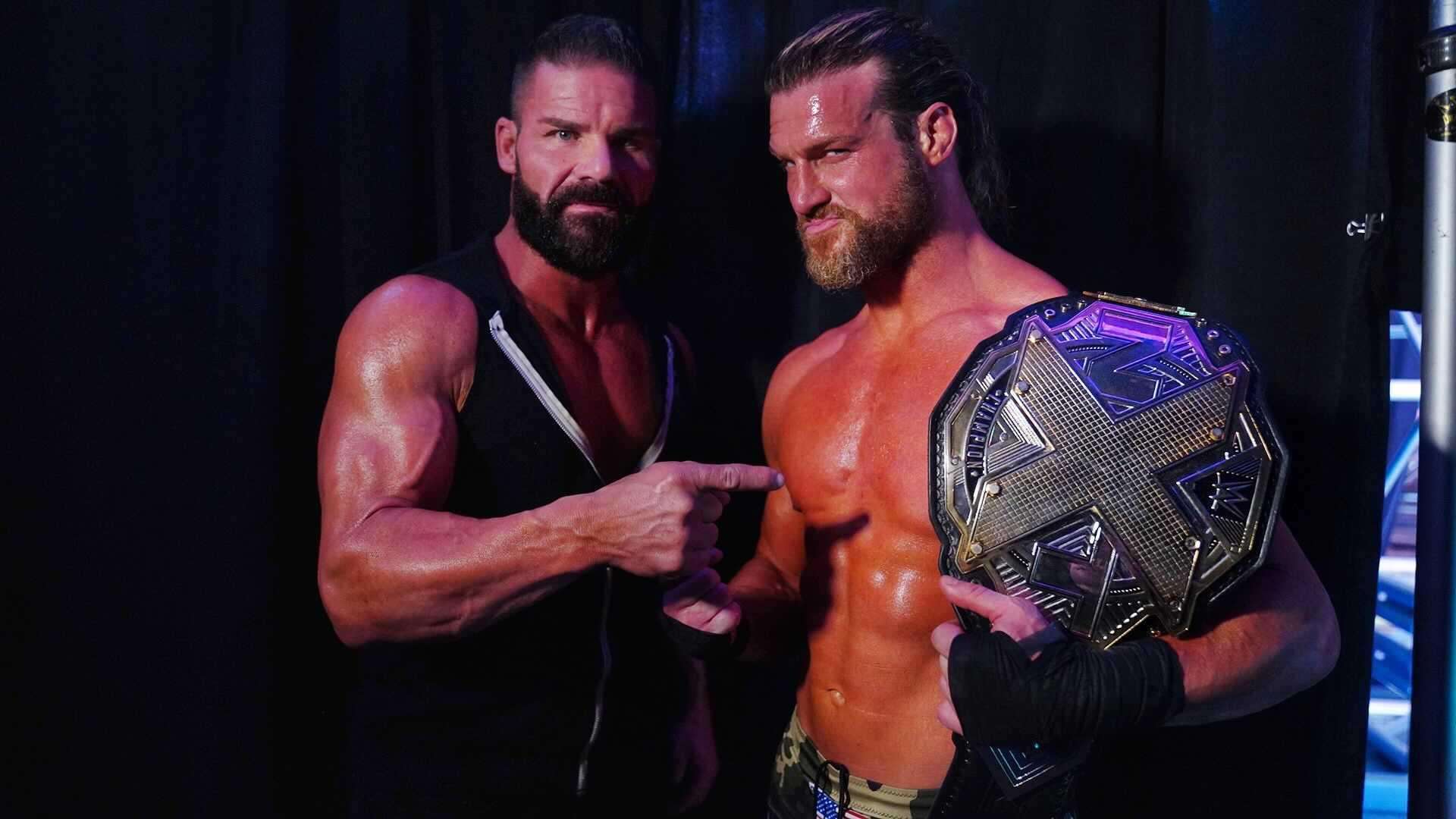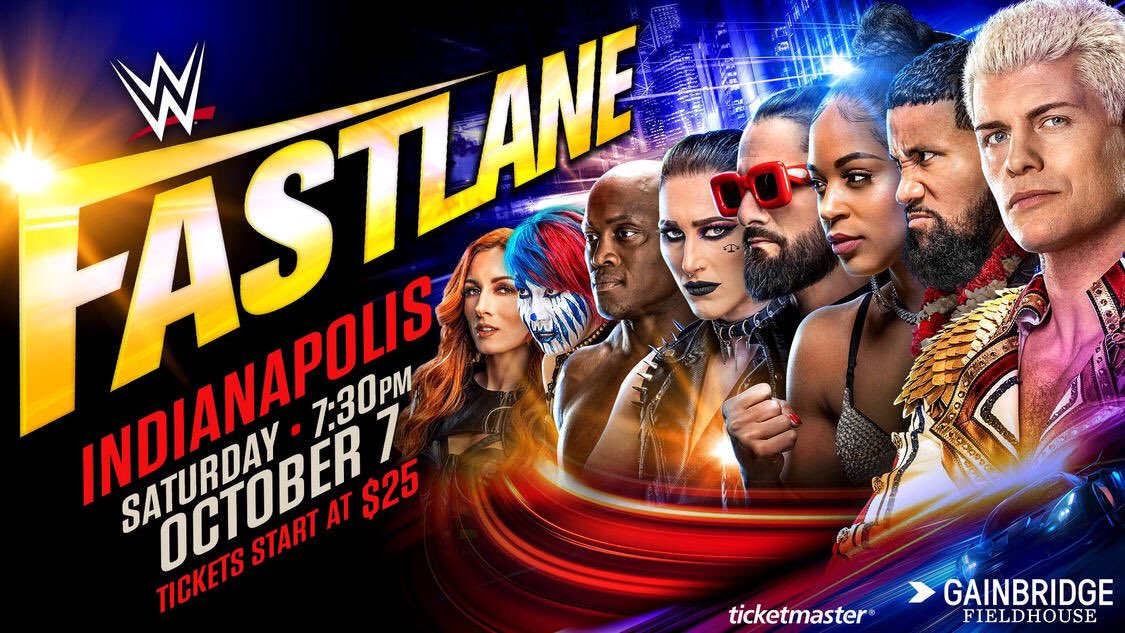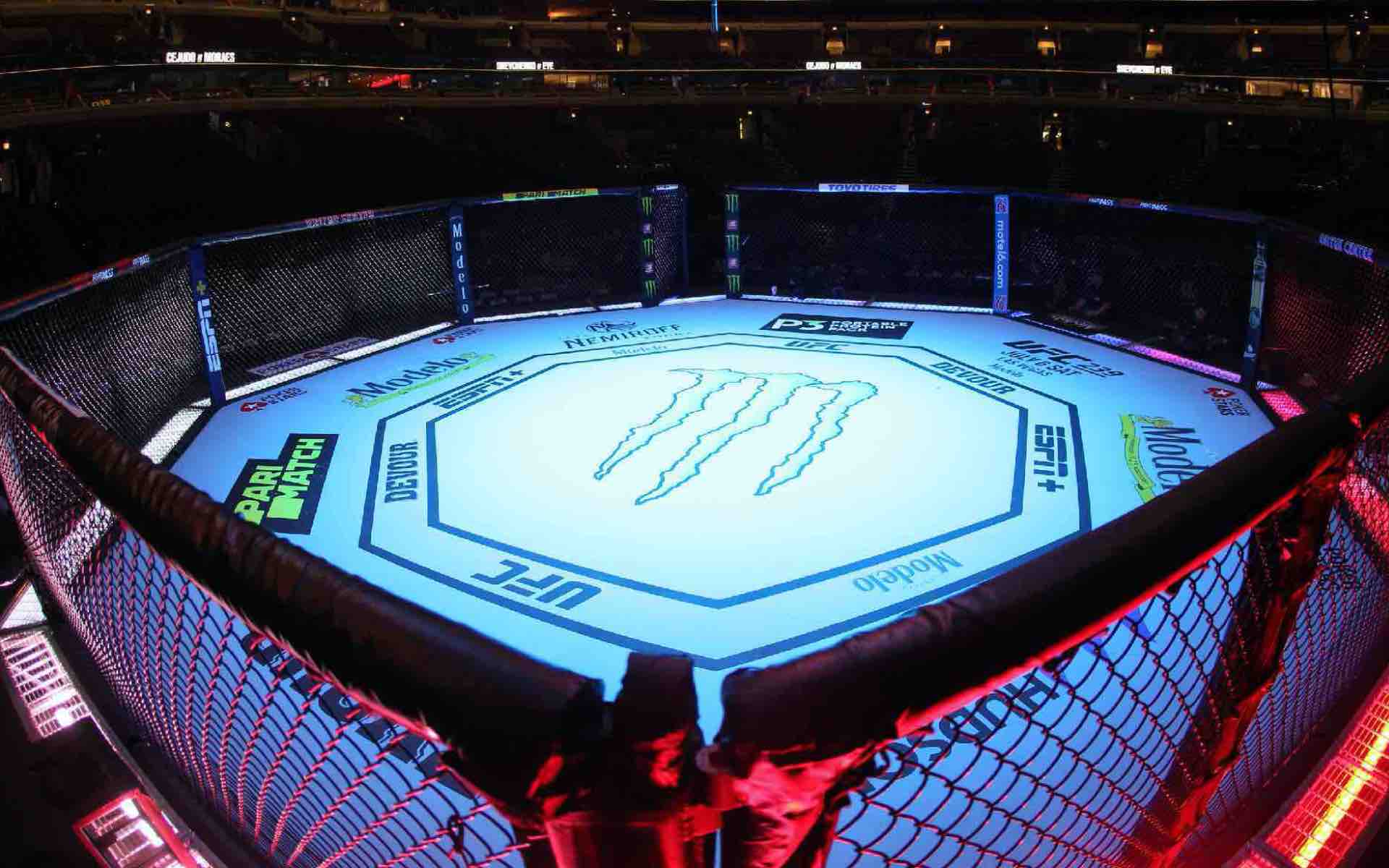Steve Austin Earning, Net Worth, Height And Movies
In the annals of professional wrestling history, there are few names as synonymous with attitude, rebellion, and success as “Stone Cold” Steve Austin. From his humble beginnings in Texas to his meteoric rise in the World Wrestling Federation (now WWE), Austin’s journey is one of hard work, determination, and a relentless pursuit of excellence. This article delves into the remarkable rise and accomplishments of the man known as the “Texas Rattlesnake.”
Steve Austin, born Steven James Anderson on December 18, 1964, in Austin, Texas, had a challenging childhood. His parents divorced when he was young, and he grew up in a working-class family. Despite the obstacles he faced, Austin had a dream of becoming a professional wrestler.
He began his wrestling journey in 1989 when he joined Chris Adams’ wrestling school in Dallas, Texas. Under Adams’ tutelage, Austin honed his craft and developed his in-ring skills. It wasn’t long before he adopted the “Stone Cold” moniker, inspired by a documentary about the Texas Rangers, and his career began to take shape.
Billed at 6 feet, 2 inches, Steve Austin’s first big break came in 1991 when he signed with World Championship Wrestling (WCW). He initially performed under various ring names before settling on “Stunning” Steve Austin. During his time in WCW, Austin achieved notable success, winning the WCW World Television Championship and forming a successful tag team with “Flyin'” Brian Pillman known as the Hollywood Blonds.
However, despite his accomplishments, Austin felt underutilised and restricted by WCW’s creative direction. It was this frustration that would lead him to make one of the most pivotal decisions of his career.
Steve Austin’s time in Extreme Championship Wrestling (ECW) played a pivotal role in shaping the persona that would later become iconic in WWE as “Stone Cold” Steve Austin. During his tenure in ECW, Austin underwent a transformation that honed his in-ring skills, sharpened his mic work, and introduced elements of his rebellious attitude that would define his character in WWE.
Steve Austin arrived in ECW in 1995 after being released from World Championship Wrestling (WCW). At the time, Austin was known as “Stunning” Steve Austin and had achieved some success in WCW, including winning the WCW Television Championship and forming a successful tag team known as the Hollywood Blonds with Brian Pillman. However, he felt underutilised and creatively restricted in WCW, which led to his departure.
Upon joining ECW, Austin found an environment that allowed him greater creative freedom and the opportunity to develop his character in ways that were not possible in WCW.
In ECW, Steve Austin began to shed his “Stunning” Steve persona and embrace a more rebellious and intense style. He adopted the nickname “The Extreme Superstar” and started to showcase a more aggressive and no-nonsense attitude. This transformation laid the groundwork for the edgier persona that would become “Stone Cold” Steve Austin in WWE.
Austin’s time in ECW also saw him develop his in-ring skills. He had memorable matches with the likes of Mikey Whipwreck, emphasising his technical prowess and brawling abilities. These matches allowed him to gain experience in hardcore wrestling and adapt to ECW’s extreme style.
One of the most significant aspects of Austin’s time in ECW was his improvement in mic work and promo skills. Under the guidance of ECW’s creative team and the freedom given to him by the promotion, Austin began to craft the sharp and often controversial promos that would become a hallmark of his WWE character.
In ECW, Austin honed his ability to connect with the audience through his words. He wasn’t afraid to speak his mind, blur the lines between reality and fiction, and push the boundaries of what was acceptable in wrestling promos. These skills would prove invaluable when he took on the persona of “Stone Cold” in WWE, as his ability to cut compelling promos became a central part of his character.
ECW was known for its cutting-edge approach to professional wrestling, and its owner and promoter, Paul Heyman, played a significant role in shaping the direction of the promotion. Heyman recognised Austin’s talent and provided him with the creative freedom and platform to develop his character. Heyman’s guidance and willingness to take risks allowed Austin to experiment and evolve.
Austin has often spoken highly of Paul Heyman and credited him with helping him find his voice as a performer. Heyman’s ability to recognise talent and create an environment that nurtured creativity was instrumental in Austin’s development during his ECW days.
While in ECW, Steve Austin began to embrace a more anti-establishment, rebellious persona. This was evident in his promos, where he criticised the wrestling industry, corporate authority figures, and anyone he perceived as holding him back. This element of rebellion and defiance against authority would become a central theme of the “Stone Cold” character in WWE.
Austin’s time in ECW planted the seed of rebellion that would later blossom in WWE. It was during this period that he began to reject the conventional norms of the wrestling world and started to carve out his own path as a defiant and unapologetic character.
In 1995, Austin signed with the World Wrestling Federation (WWF) under the guidance of Vince McMahon. This move would prove to be a game-changer not only for Austin but for the entire wrestling industry.
Austin’s breakthrough moment came at the 1996 King of the Ring pay-per-view event. He entered the tournament as a determined and rebellious antihero. In the finals, he faced Jake “The Snake” Roberts. It was during this match that Austin delivered his now-iconic “Austin 3:16” promo after defeating Roberts. The catchphrase “Austin 3:16 says I just whipped your ass!” instantly caught fire and became a cultural phenomenon.
The King of the Ring victory propelled Austin to superstardom, and he fully embraced the “Stone Cold” persona. With his bald head, black trunks, and rebellious attitude, Austin became a symbol of defiance and rebellion, resonating with fans who were tired of traditional babyfaces and heels.
Austin’s rise to the top of the WWF was rapid. He won his first WWF championship at WrestleMania XIV in 1998 by defeating Shawn Michaels. This victory marked the beginning of Austin’s incredible championship reigns and feuds.
Throughout his career, Austin held the WWF Championship six times, and his feuds with iconic figures like Vince McMahon, The Rock, Triple H, and The Undertaker are etched in wrestling history. His rivalry with McMahon, in particular, became legendary as the two engaged in a heated and highly entertaining battle of wills.
Austin’s in-ring style was characterised by his brawling, technical prowess, and innovative finishing manoeuvre, the Stone Cold Stunner. His ability to connect with the audience, both through his wrestling skills and his captivating promos, made him one of the most beloved and popular wrestlers of all time.
“Stone Cold” Steve Austin transcended the world of professional wrestling and became a pop culture phenomenon. His catchphrases, such as “Austin 3:16” and “And that’s the bottom line, ’cause Stone Cold said so,” were known to even non-wrestling fans. Austin’s rebellious, anti-establishment persona resonated with a broad audience and contributed to the WWF’s “Attitude Era” becoming a cultural phenomenon in the late 1990s and early 2000s.
Austin’s popularity extended to various forms of media. He appeared in movies, television shows, and commercials, further solidifying his status as an icon beyond the squared circle. His image graced merchandise, from T-shirts to action figures, which sold in record numbers.
Austin’s wrestling career was marred by injuries, particularly a severe neck injury sustained during a match with Owen Hart at SummerSlam 1997. This injury would ultimately contribute to his decision to retire from in-ring competition in 2003. His farewell match took place at WrestleMania XIX, where he defeated The Rock in a classic encounter.
Although Austin’s retirement from active wrestling was a sombre moment for fans, his legacy and impact on the industry continued to thrive.
Steve Austin’s transition from the squared circle to the silver screen was a natural progression for his larger-than-life personality. His rugged charisma, raw intensity, and undeniable star power from his wrestling days served as a solid foundation for his acting career.
Austin made his acting debut in 2005 with a supporting role in the action film “The Longest Yard,” starring alongside Adam Sandler and Chris Rock. Although his role was relatively small, it marked the beginning of his journey into the world of Hollywood.
One of Austin’s most notable film appearances came in the 2007 action thriller “The Condemned,” in which he played the lead role of Jack Conrad, a death row inmate forced to participate in a deadly game of survival on a remote island. The film showcased Austin’s physicality and on-screen presence, earning him recognition as a legitimate action star.
He continued to build his acting career with appearances in a range of action and thriller films, including “Damage,” “Hunt to Kill,” and “Recoil.” While these films may not have achieved blockbuster status, they solidified Austin’s status as a credible action star in the direct-to-video market.
In addition to his film roles, Steve Austin ventured into the world of reality television. He hosted the reality competition series “Redneck Island” on CMT, where contestants from all walks of life competed in various challenges and tests of endurance. Austin’s down-to-earth demeanour and understanding of the contestants’ backgrounds made him a relatable and engaging host.
Austin also made guest appearances on various television shows, both scripted and unscripted. His magnetic presence made him a sought-after personality for programmes like “Dancing with the Stars,” “Tough Enough,” and “Hell’s Kitchen.”
Steve Austin’s voice and charisma extended beyond the screen and into the world of podcasting. In 2014, he launched “The Steve Austin Show,” a podcast that covered a wide range of topics, including wrestling, sports, pop culture, and interviews with various celebrities and fellow wrestlers. The podcast quickly gained popularity, and Austin’s candid and conversational style resonated with listeners.
In 2019, he signed an exclusive deal with PodcastOne, expanding his reach and influence in the podcasting world. His episodes often featured in-depth discussions with wrestling legends, current WWE superstars, and other notable guests, providing fans with unique insights into the world of professional wrestling and entertainment.
Steve Austin’s success in both wrestling and his post-wrestling ventures has translated into a substantial net worth. While net worth estimates can vary over time, Austin’s net worth is estimated to be in the range of $30 million to $45 million.
It’s important to note that Austin’s earnings and net worth are a result of not only his wrestling career but also his acting roles, podcasting ventures, merchandise sales, endorsements, and various media appearances. His ability to leverage his wrestling fame into a successful post-wrestling career is a testament to his business acumen and continued relevance in the entertainment industry.
Austin’s podcasting endeavours and media appearances have provided additional sources of income, and his regular interaction with the wrestling community has helped him maintain a strong connection with fans.
In conclusion, Steve Austin’s career after wrestling has been marked by success in the worlds of acting, podcasting, and media ventures. While he may have left the wrestling ring behind, his enduring popularity and entrepreneurial spirit have allowed him to carve out a successful niche in the entertainment industry. His net worth and earnings reflect not only his financial success but also the lasting impact he has had on the world of professional wrestling and entertainment as a whole.
“Stone Cold” Steve Austin’s contributions to professional wrestling are immeasurable. He redefined the role of antiheroes in the industry, forever changing the dynamics of how wrestling characters were presented. His rebellious spirit, memorable catchphrases, and captivating promos set a new standard for mic work in wrestling.
Austin’s influence can be seen in subsequent generations of wrestlers, many of whom cite him as a significant inspiration. His success in both WCW and WWF/WWE showcased his versatility and adaptability as a performer.
Today, Austin remains a beloved figure in wrestling, and his periodic returns to WWE, including guest appearances and podcasts, are met with thunderous applause from fans. His “Stone Cold Podcast” allowed him to connect with fellow wrestlers and dive into candid conversations about the industry.
